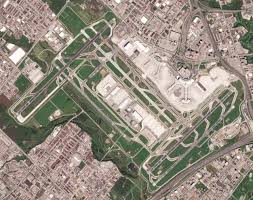
Introduction
Southern Alberta, a vibrant region known for its stunning landscapes and rich cultural heritage, has gained increasing attention in recent years. With the majestic Rocky Mountains to the west and vast prairies to the east, this area offers an array of outdoor activities, historical sites, and a deep-rooted Indigenous culture. Understanding Southern Alberta is essential as it showcases the juxtaposition of nature and human history that defines this part of Canada.
Natural Beauty and Outdoor Activities
Southern Alberta is home to some of Canada’s most breathtaking scenery. Waterton Lakes National Park, designated a UNESCO Biosphere Reserve, is a prime destination for hiking, wildlife viewing, and photography. The park’s rugged terrain, clear lakes, and diverse ecosystems continue to attract nature enthusiasts from around the world. Other notable sites include the stunning Bow Valley and the picturesque Kananaskis Country, offering opportunities for skiing, biking, and camping.
Moreover, the region is known for its extensive ranching history, with beautiful ranch lands interspersed between urban and rural communities. Visitors can enjoy horseback riding and explore the cowboy culture that is celebrated in events such as Calgary Stampede. This annual rodeo and exhibition highlight Southern Alberta’s agricultural roots and draw crowds of thousands every July.
Cultural Significance and Community
The cultural landscape in Southern Alberta is as diverse as its geography. The presence of various Indigenous communities, including the Blackfoot Confederacy, plays a vital role in the region’s identity. Events such as Indigenous cultural festivals provide visitors with opportunities to learn about traditional practices, art, and language, bridging connections between past and present.
Furthermore, cities such as Lethbridge and Medicine Hat serve as cultural hubs, offering museums, galleries, and performing arts venues. The Nikka Yuko Japanese Garden in Lethbridge stands out as a symbol of peace and reconciliation, inviting residents and visitors alike to reflect and reconnect with nature.
Conclusion
As Southern Alberta continues to evolve, it remains a destination where natural beauty and cultural richness intersect. With its breathtaking landscapes, outdoor recreation opportunities, and thriving communities, Southern Alberta is not only significant in the context of Canadian geography but also as a representation of the collective Canadian identity and the importance of preserving cultural heritage. The region’s emphasis on sustainable tourism and community engagement promises a future where both the environment and its people can thrive hand in hand. For anyone exploring Canada, Southern Alberta stands as a compelling testament to the beauty and diversity that the region has to offer.






